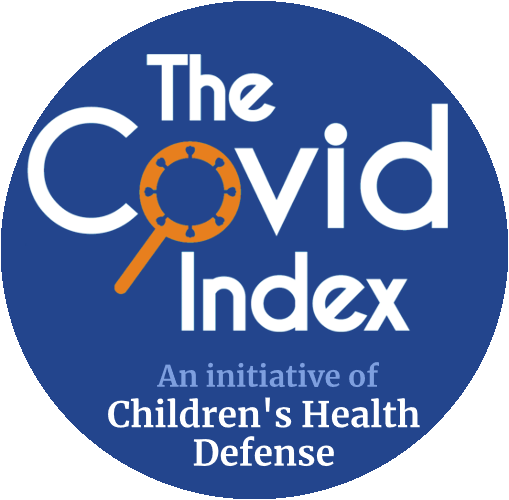"Usually, concerning medical drugs, the focus of attention is on the frequency of severe adverse, i.e., potentially harmful, events (SAE), whose occurrences range from 'very rare' (< 0.01% of treatments) to 'very common' (≥ 10%)...
[I]n this communication, we are concerned with quantifying the basic balancing relation of harms and benefits of a vaccine introduced...
Applying the same standard for hbr [harm-to-benefit ratio] as for the frequency of SAE when administering medical drugs, it appears reasonable to aim at hbr < 0.1, i.e., at maximum one additional (short-term) SAE in ten prevented ... cases.
Our attention was attracted by the accumulating evidence of adverse events due to the world-wide SARS-CoV-2 vaccination campaign being far more frequent than advertised initially, together with notes of the practically vanishing efficacy of the vaccines against infections with new variants of SARS-CoV-2... [B]eing inherently inquisitive, we had a closer look at the safety and efficacy data published with the available (phase-3) papers on pivotal clinical trials of mRNA/vector vaccines...
[W]e found that only two studies documented a [hbr] ratio lower than one... Figure 1 illustrates at a glance the studies' hbr values and their classification. It is evident that the overall short-term performance of the vaccines 'BNT162b2' and 'mRNA-1273', based on the Supplementary Material published with these studies, can not be rated other than 'harmful', entirely unbalanced. 'Ad26.COV2.S' performs nearly 'harmful', definitely unbalanced. A 'gambling' classification is suitable, because its administration is a bet on unknown long-term harms being less likely then short-term harms already known. Astonishingly enough, the vaccine 'Sputnik V' seems to perform as a 'universal remedy'...
The numbers presented in our Table 1 and Figure 1 have been widely visible since their publication. We wonder why neither a reviewer nor an approving authority seems to have noticed these jaw-dropping values of harm-to-benefit ratios. Us having missed some other vaccine-beneficial rationale would be an explanation of good nature. A crucial question has thus emerged: What scientific data and criteria other than the severe-event harm-to-benefit ratio, or rationales, have the above vaccines' approvals by authorities been exactly based on?"
.
© 2022 Mörl, Günther and Rockenfeller. This is an open-access article distributed under the terms of the Creative Commons Attribution License (CC BY). The use, distribution or reproduction in other forums is permitted, provided the original author(s) and the copyright owner(s) are credited and that the original publication in this journal is cited, in accordance with accepted academic practice.
